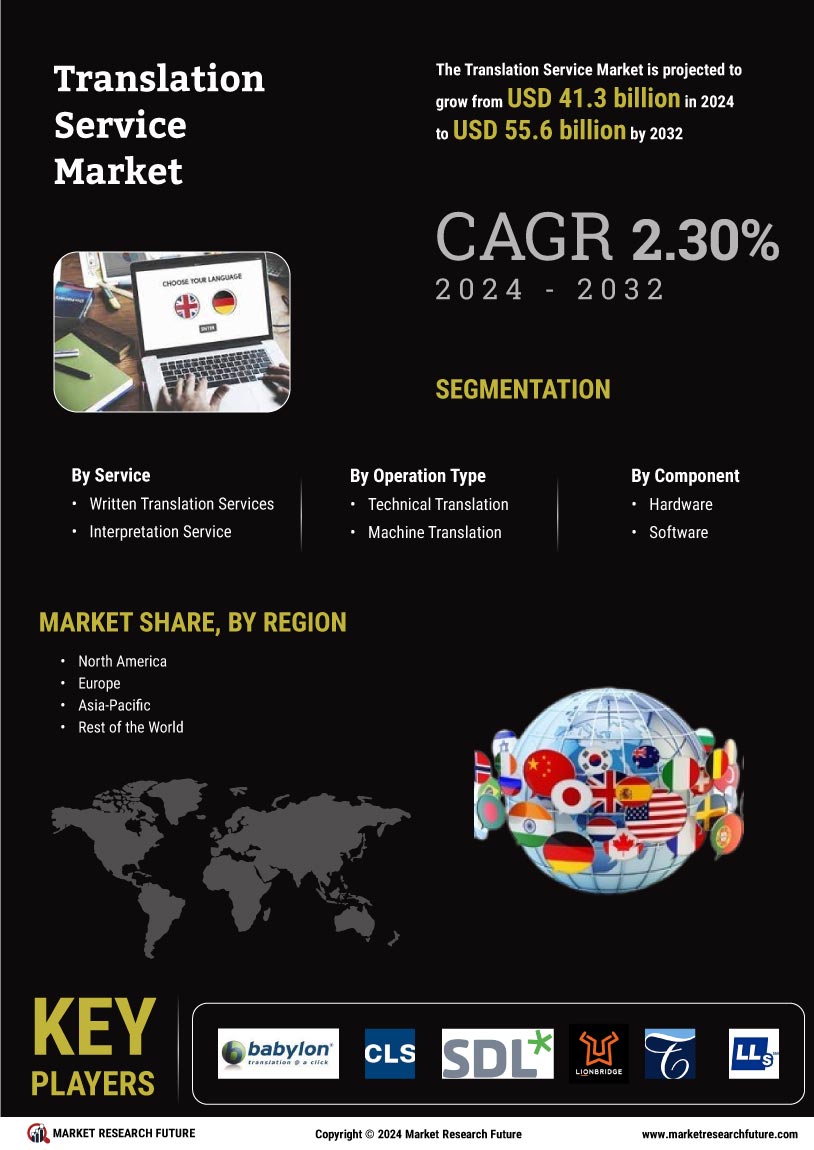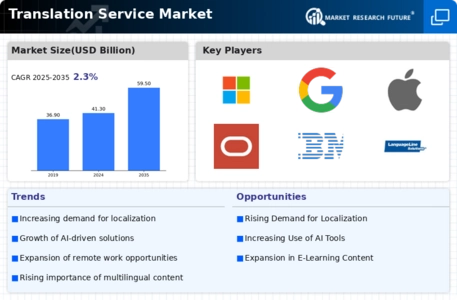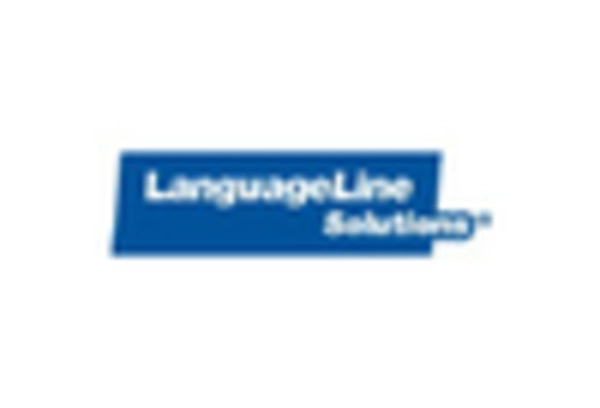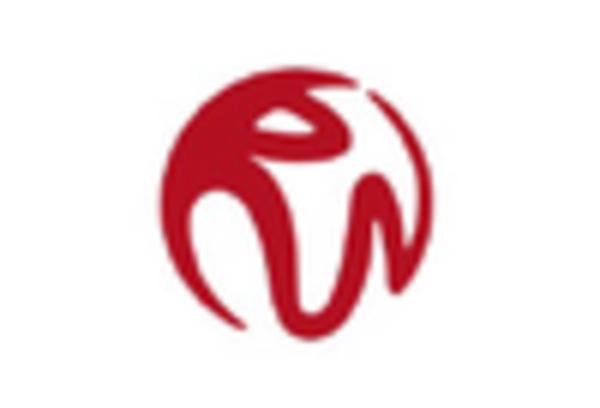Market Growth Projections
The Global Translation Service Market Industry is on a growth trajectory, with projections indicating a market size of 41.3 USD Billion in 2024 and an anticipated increase to 59.5 USD Billion by 2035. This growth is underpinned by a compound annual growth rate of 3.38% from 2025 to 2035. The expansion of the market reflects the increasing reliance on translation services across various sectors, driven by globalization, technological advancements, and the demand for multilingual content. As businesses continue to navigate the complexities of international markets, the Global Translation Service Market Industry is poised for sustained development.
Globalization of Businesses
The ongoing globalization of businesses significantly influences the Global Translation Service Market Industry. As companies seek to penetrate new markets, they encounter linguistic and cultural barriers that necessitate professional translation services. This trend is particularly pronounced in industries such as technology and finance, where precise communication is critical. The market is poised to grow, with estimates suggesting it will reach 41.3 USD Billion in 2024. This growth reflects the increasing recognition among businesses that effective translation is essential for successful international operations. As globalization continues to evolve, the demand for translation services is expected to remain robust.
Increasing Global Trade Activities
The Global Translation Service Market Industry experiences a notable boost due to the rise in global trade activities. As businesses expand their operations internationally, the demand for translation services becomes paramount to ensure effective communication across diverse languages. In 2024, the market is projected to reach 41.3 USD Billion, driven by the need for accurate translations in legal documents, marketing materials, and technical manuals. This trend indicates that companies are increasingly recognizing the importance of localization, which enhances customer engagement and satisfaction. As trade continues to flourish, the Global Translation Service Market Industry is likely to see sustained growth.
Rising Demand for Multilingual Content
The increasing need for multilingual content is a significant driver of the Global Translation Service Market Industry. As businesses aim to reach diverse audiences, the demand for translations in multiple languages has surged. This trend is particularly evident in sectors such as e-commerce, where companies require product descriptions, customer support, and marketing materials in various languages to cater to global consumers. The market's growth trajectory, with a projected CAGR of 3.38% from 2025 to 2035, underscores the importance of effective communication in a globalized economy. Consequently, translation services are becoming integral to business strategies, further propelling the market forward.
Regulatory Compliance and Legal Requirements
Regulatory compliance and legal requirements are pivotal drivers of the Global Translation Service Market Industry. Many industries, including healthcare and finance, mandate accurate translations of documents to adhere to local laws and regulations. This necessity creates a steady demand for translation services, as companies must ensure that their materials are compliant with the legal standards of each market they operate in. The market's growth, projected to reach 59.5 USD Billion by 2035, highlights the critical role of translation in facilitating compliance. As regulations become increasingly complex, the need for professional translation services is likely to intensify.
Technological Advancements in Translation Tools
Technological innovations play a crucial role in shaping the Global Translation Service Market Industry. The advent of artificial intelligence and machine learning has led to the development of sophisticated translation tools that enhance efficiency and accuracy. These tools enable translators to work faster while maintaining high-quality standards. For instance, neural machine translation has improved the contextual understanding of languages, making translations more nuanced. As these technologies evolve, they are expected to drive market growth, with projections indicating a market size of 59.5 USD Billion by 2035. This evolution suggests that the industry is adapting to meet the demands of a rapidly changing global landscape.

















Leave a Comment